Yes! Different! There’s not just one type of Vitamin C in skin care. There are many different forms available. Today, we’re taking you through four of the most common. (Including the one we’ve chosen in our very new, very fancy new brightening serum, Much Brighter Skin.)
The OG: L-Ascorbic Acid
Also known simply as Ascorbic Acid. This is the bioactive form of Vitamin C. Bioactive is a fancy way to say that it’s the kind of Vitamin C that your body (and skin) is able to process and benefit from. (This doesn’t mean L-Ascorbic Acid is the only Vitamin C that works in skin care, the other forms just require a conversion once applied to your skin.)
L-Ascorbic Acid is incredibly effective and as a result, super popular in skin care, but as it requires a low pH, it can potentially cause irritation for some (more notably, those with sensitive or congestion-prone skin).
L-Ascorbic Acid also has a reputation for being very fragile. Which is to say that, it can be easily deactivated (or oxidised) when exposed to light, oxygen, water and higher temperatures.
The Friendly Face: Sodium Ascorbyl Phosphate
Another water-soluble option! But this time a far more gentle, far less fussy one. Sodium Ascorbyl Phosphate (SAP) is a non-irritating form of Vitamin C that also boasts antimicrobial properties.
In skin care-y circles, Sodium Ascorbyl Phosphate is recognised as being highly stable. (It’s required pH sits around 7 making it far less acidic than L-Ascorbic Acid.) So all those concerns about Vitamin C serums oxidising before you get a chance to finish them up? Not an issue with this guy. Sodium Ascorbyl Phosphate oxidises at a nice, sloooooow rate. And because of those antimicrobial properties we mentioned before, it’s known for being a really great option for acne-prone.
Sodium Ascorbyl Phosphate is the Vitamin C that Go-To selected for our own brightening Vitamin C serum. “We wanted our brightening serum to be lightweight and gentle, while still packing a punch while fighting dullness and imperfections. Sodium Ascorbyl Phosphate has been demonstrated to bio-convert to Ascorbic Acid in the skin,” explains Go-To formulations manager, Eric Andrews. “Unlike Ascorbic Acid though, it doesn't require a low pH formula to be stable. This means that it can be used at high concentrations in a formula that is less harsh to skin.”
Essentially? You get the benefits of a high concentration being delivered to the skin without the harshness of a low pH formula.
The ‘Hey, That Sounds Familiar!’: Magnesium Ascorbyl Phosphate
As the similar names suggest, Magnesium Ascorbyl Phosphate is another gentle form of Vitamin C. Like Sodium Ascorbyl Phosphate, it’s soluble in water, but Go-To formulations manager Eric Andrews explains that Magnesium Ascorbyl Phosphate is also slightly oil-soluble. Formulations featuring MAP will typically have a pH from around 5-6.
Magnesium Ascorbyl Phosphate (MAP) and Sodium Ascorbyl Phosphate (SAP) share more than just similar names. MAP is also known for being a nice, gentle, and stable alternative to L-Ascorbic Acid. So it’s another solid choice for the easily-irritated out there who are still interested in antioxidant defence and glow.
The Hardest To Spell: Tetrahexyldecyl Ascorbate
Another stable form of Vitamin C that is occasionally referred to as Ascorbyl Tetra-Isopalmitate. (Which, sadly, is no easier to spell.) Unlike the forms of Vitamin C we’ve mentioned above, Tetrahexyldecyl Ascorbate (THD) is oil-soluble rather than water-soluble, so you’ll commonly find it in skin care products with oil textures.
THD’s required pH within formulations sits below 5, which is less acidic than L-Ascorbic Acid. This means the formula is more stable and gentle and also less likely to oxidise when exposed to air and light. (Note! This does not mean you can leave your bottle open in the sun. Always follow care instructions on the packaging.) It’ll also definitely help you one up your friends in scrabble, if you’re into that kind of thing.




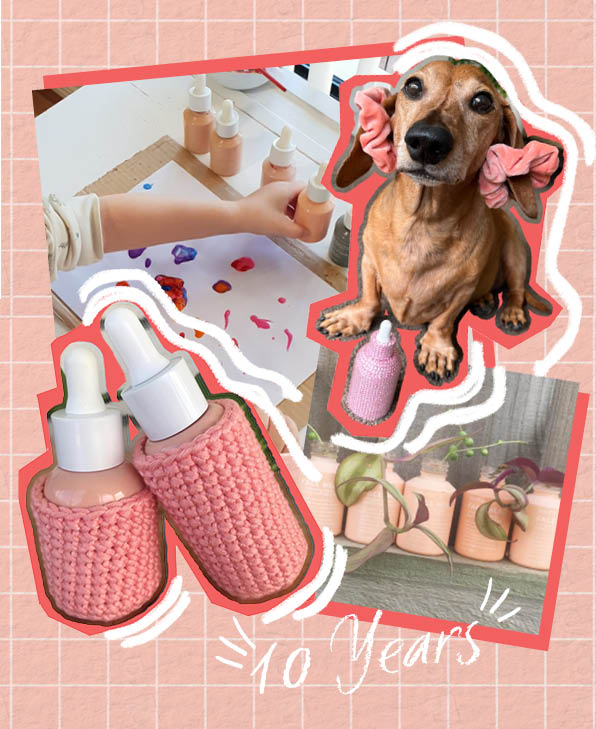

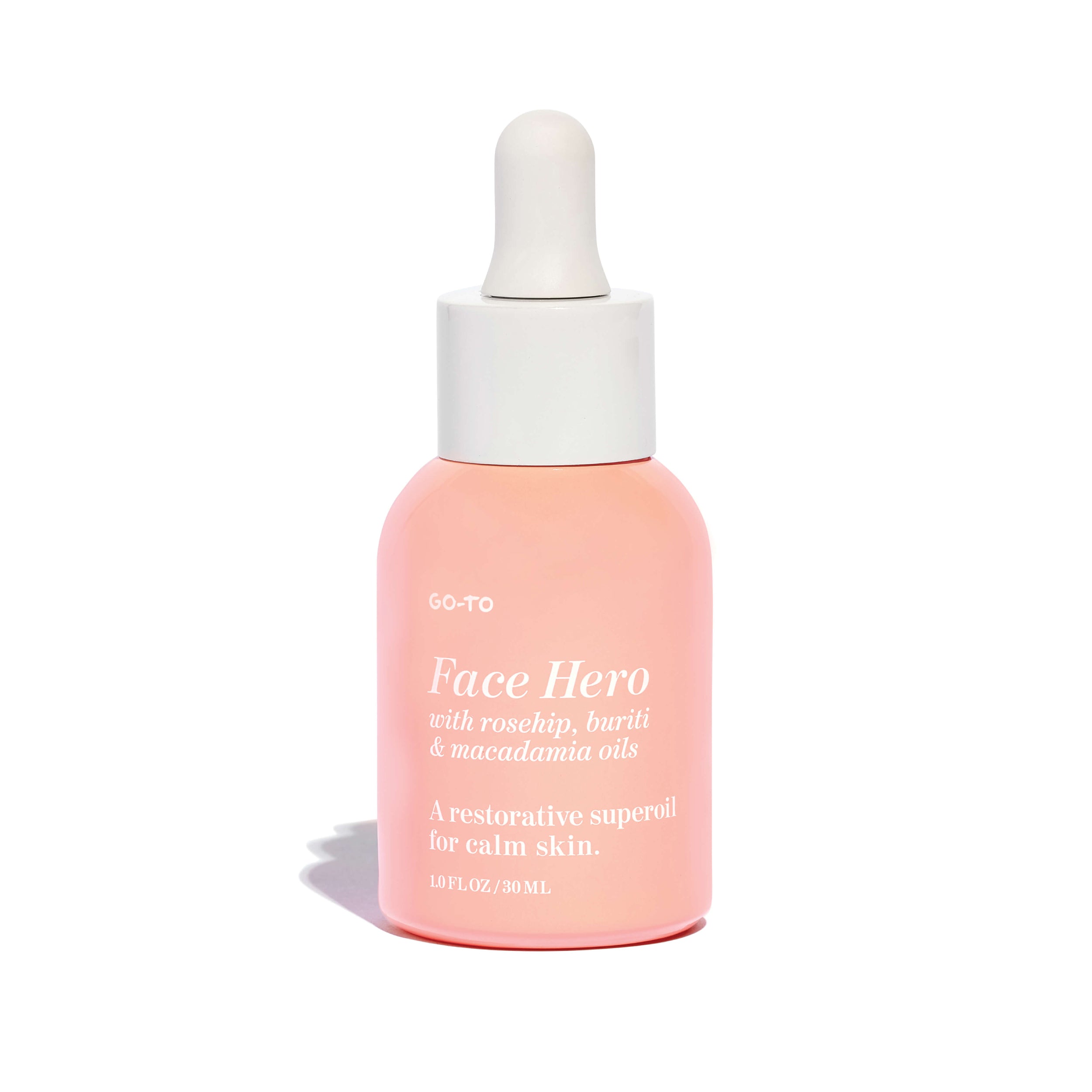


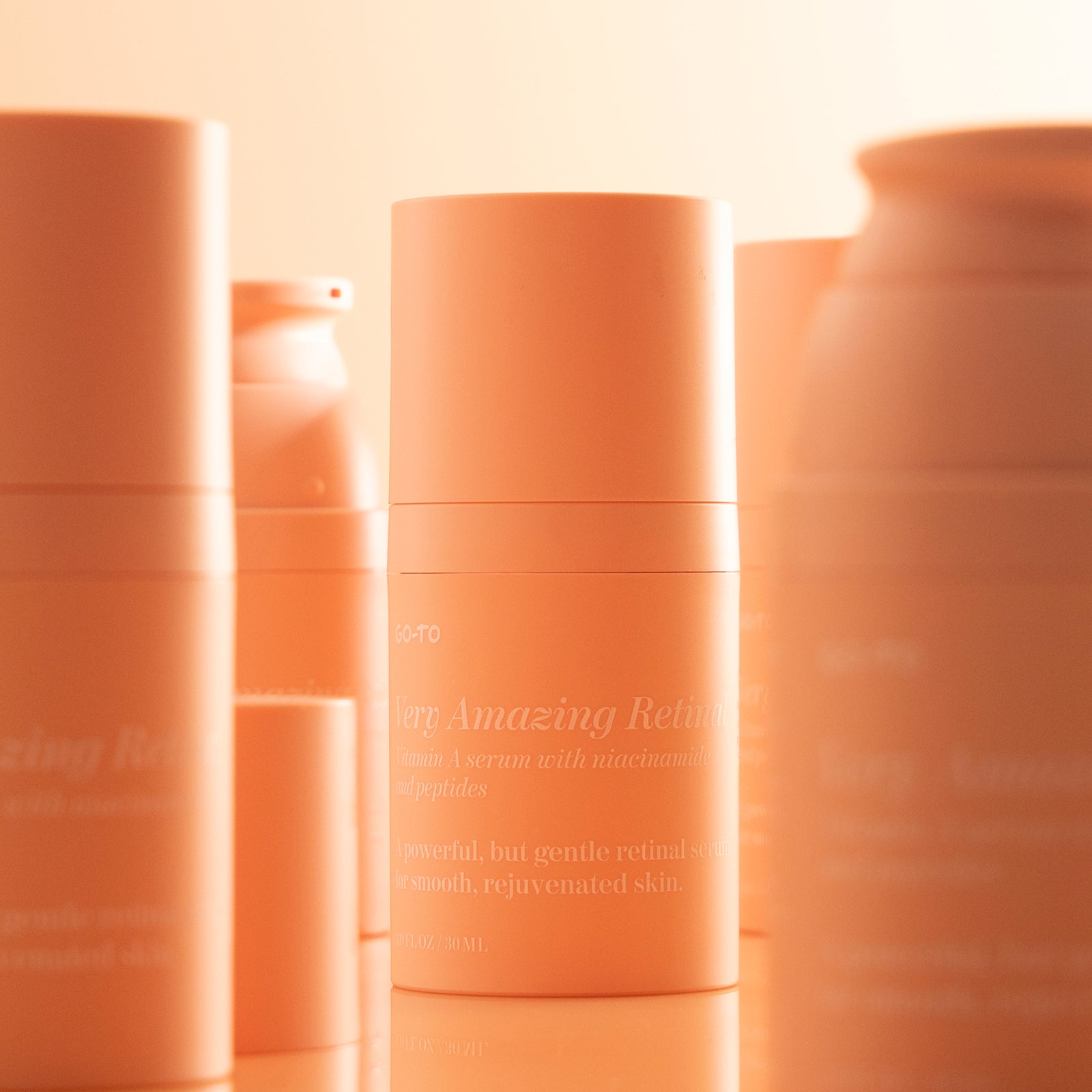
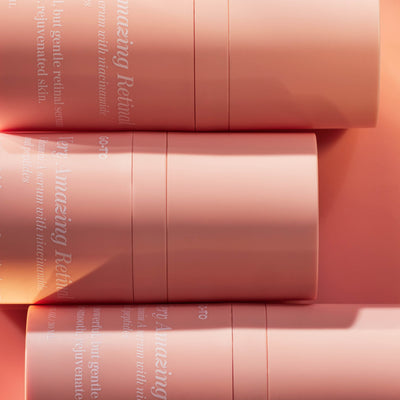

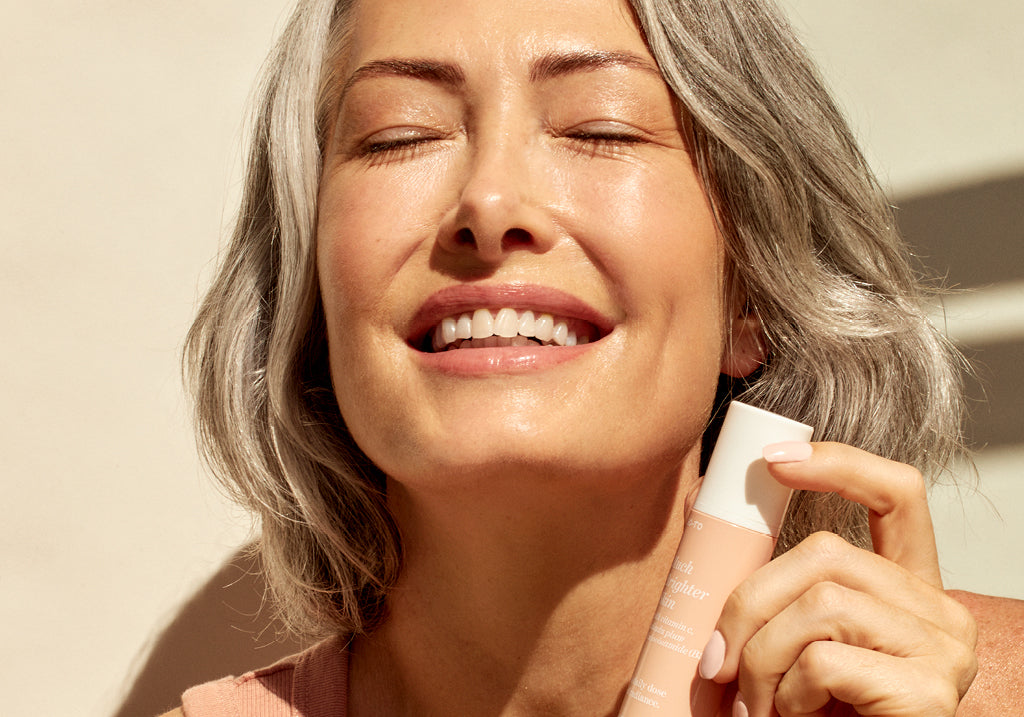

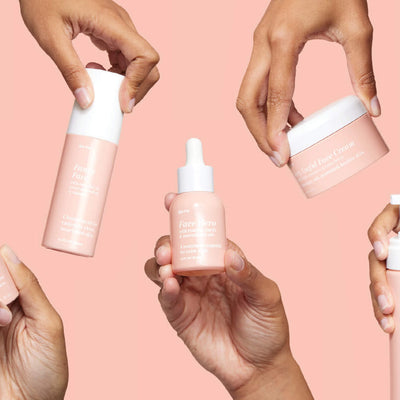
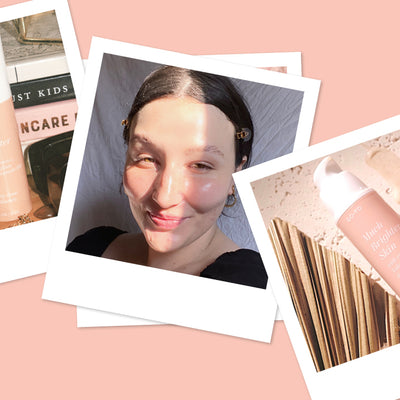
Comments